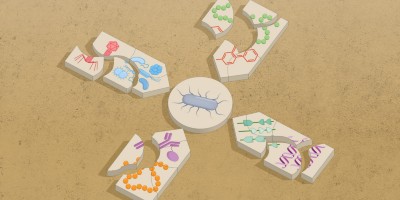This month’s Genome Watch highlights how genome and transcriptome sequencing of newly identified endosymbionts helps to connect genetic information to their protective functions.
References
Degnan, P. H. et al. Hamiltonella defensa, genome evolution of protective bacterial endosymbiont from pathogenic ancestors. Proc. Natl Acad. Sci. USA 106, 9063–9068 (2009).
Büttner, H. et al. Bacterial endosymbionts protect beneficial soil fungus from nematode attack. Proc. Natl Acad. Sci. USA 118, e2110669118 (2021).
Itabangi, H. et al. A bacterial endosymbiont of the fungus Rhizopus microsporus drives phagocyte evasion and opportunistic virulence. Curr. Biol. 32, 1115–1130 (2022).
König, L. et al. Symbiont-mediated defense against Legionella pneumophila in amoebae. mBio 10, e00333-19 (2019).
Midha, S. et al. Bodo saltans (Kinetoplastida) is dependent on a novel Paracaedibacter-like endosymbiont that possesses multiple putative toxin-antitoxin systems. ISME J. 15, 1680–1694 (2021).
Author information
Authors and Affiliations
Corresponding authors
Rights and permissions
About this article
Cite this article
Villada, J.C., Schulz, F. The endosymbiotic box of protective tricks. Nat Rev Microbiol 20, 255 (2022). https://doi.org/10.1038/s41579-022-00727-8
Published:
Issue Date:
DOI: https://doi.org/10.1038/s41579-022-00727-8
- Springer Nature Limited


